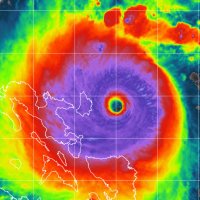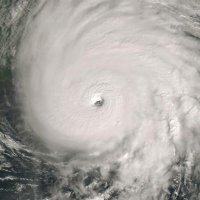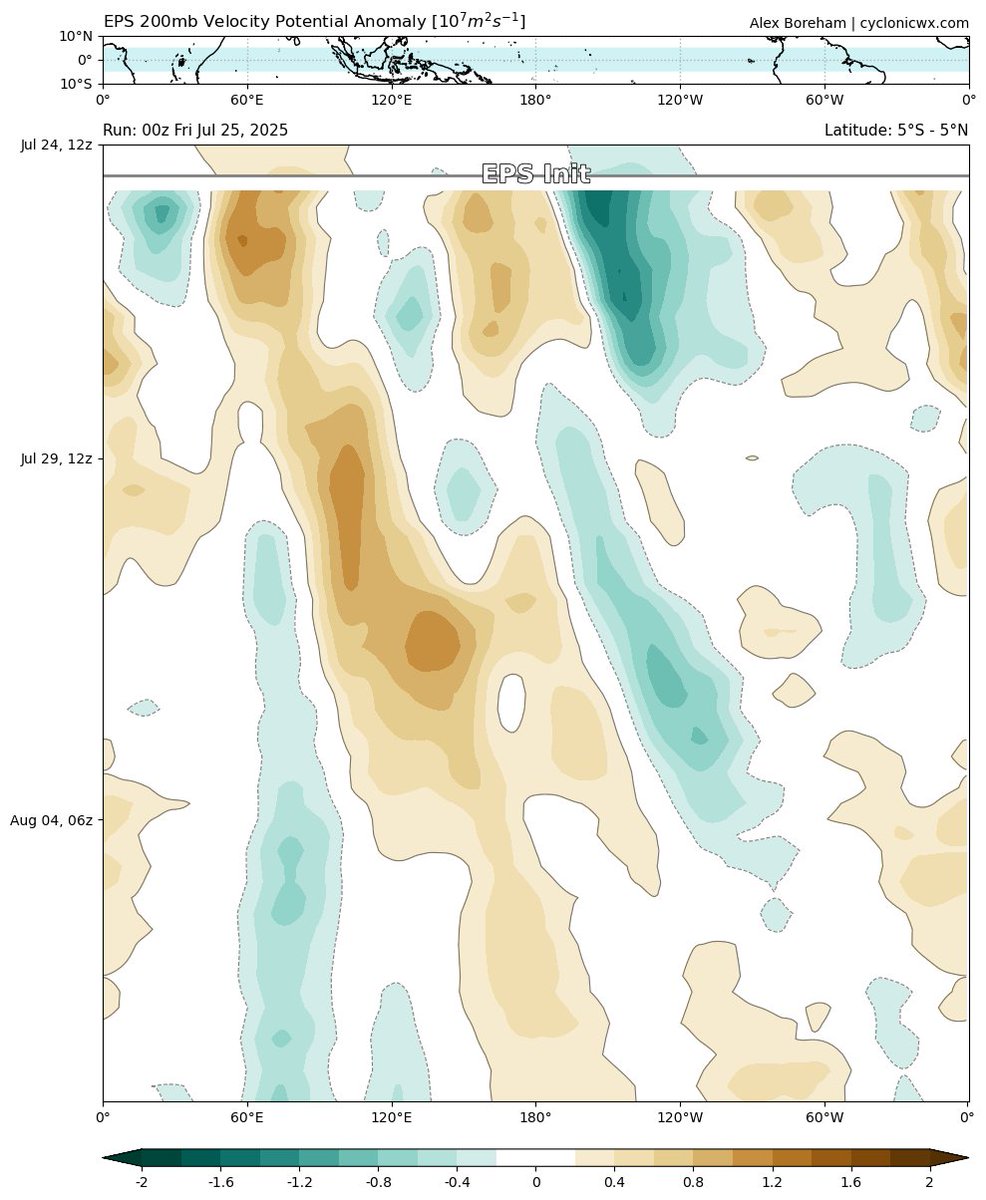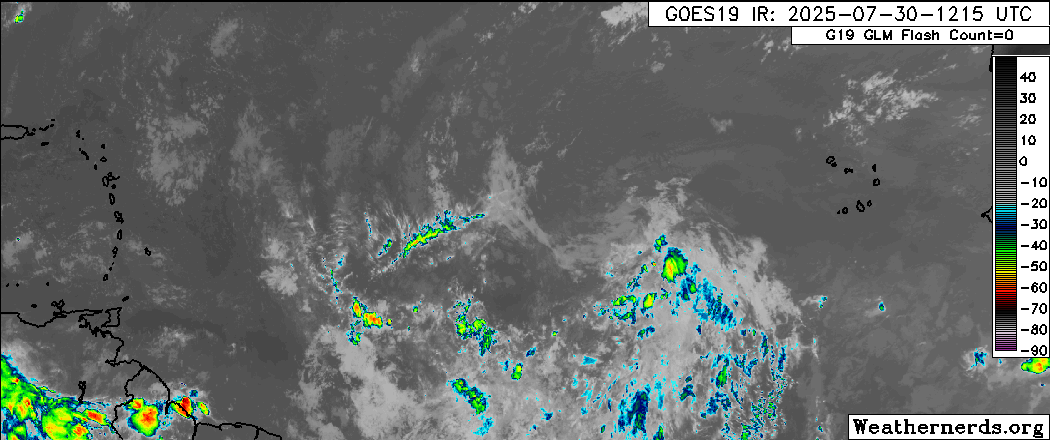
Eric Webb
@webberweather
Gov't meteorologist part of the weather industrial complex. UNCC & NCSU Alum Opinions are my own & not a reflection of my employer
ID: 969293274
http://www.webberweather.com/ 25-11-2012 03:36:57
40,40K Tweet
76,76K Followers
1,1K Following

















